Windows is by far one of the most stable operating systems you’ll ever come across. However as much effort as Microsoft has put into its flagship product to ensure a good and consistent user experience, it does run into some problems from time to time.
In this article, we’re talking about how to fix the Ntoskrnl.exe BSOD error that reasons that might cause it in the first place.
What causes the Ntoskrnl.exe BSOD error?
The Ntoskrnl.exe file, short for Windows NT Operating System Kernel is an executable process responsible for hardware abstraction, process and memory management as well as multiple other Windows services. Since this is an OS-critical file, any issues with the executable or its processing can cause BSOD errors.
Some of the most common causes of problems here include:
- Outdated drivers or Windows version
- Faulty RAM
- System overclocking causing instability
- Corrupt or missing system files
Also read: What is Windows audio device graph isolation? Everything you need to know
How to fix the Ntoskrnl.exe BSOD error?
Here are nine fixes you can try out.
Update your PC
The first thing you should do is to update your PC. Updating your PC will, in most cases, update your drivers and fix any issues in the process.
Check out this detailed guide to know how to update your PC here
Stop overclocking
If you’re overclocking your CPU, GPU or RAM, there’s a chance that you’re running into thermal throttling issues, which are causing more harm than good. Revert your PC to the default factory settings to see if that helps.
Run an antivirus scan
BSODs can also be indicative of a malware or virus infection. Here’s how you can run a full scan on your PC using Windows Security.
Step 1: Press the Windows key and search for Windows Security. Click the corresponding search result.
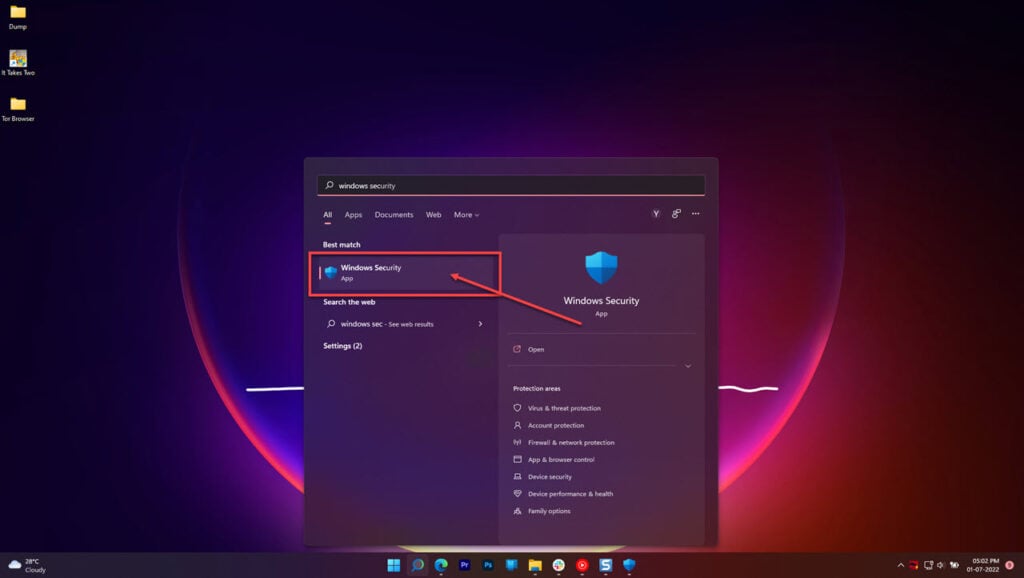
Step 2: Click Virus & threat protection.
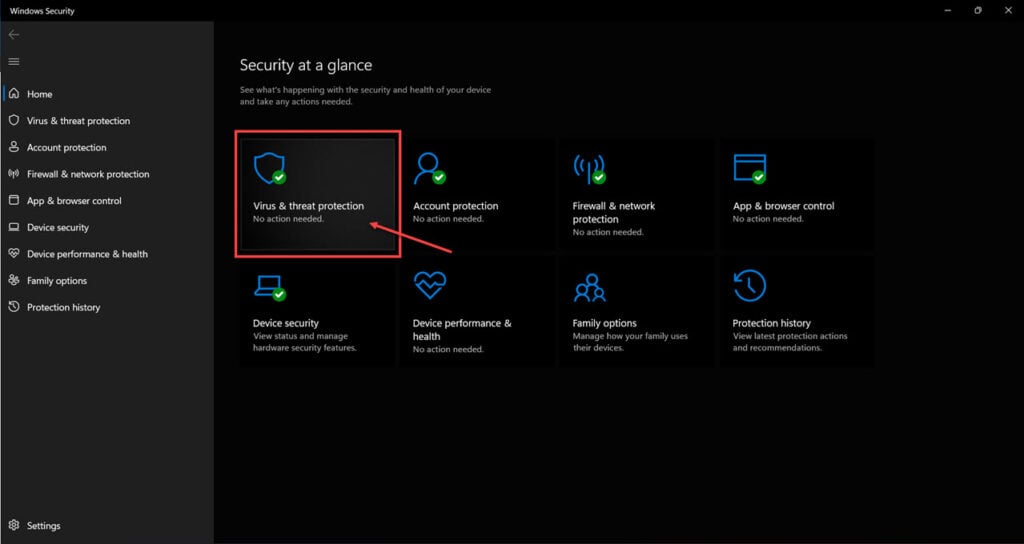
Step 3: Click Scan options.
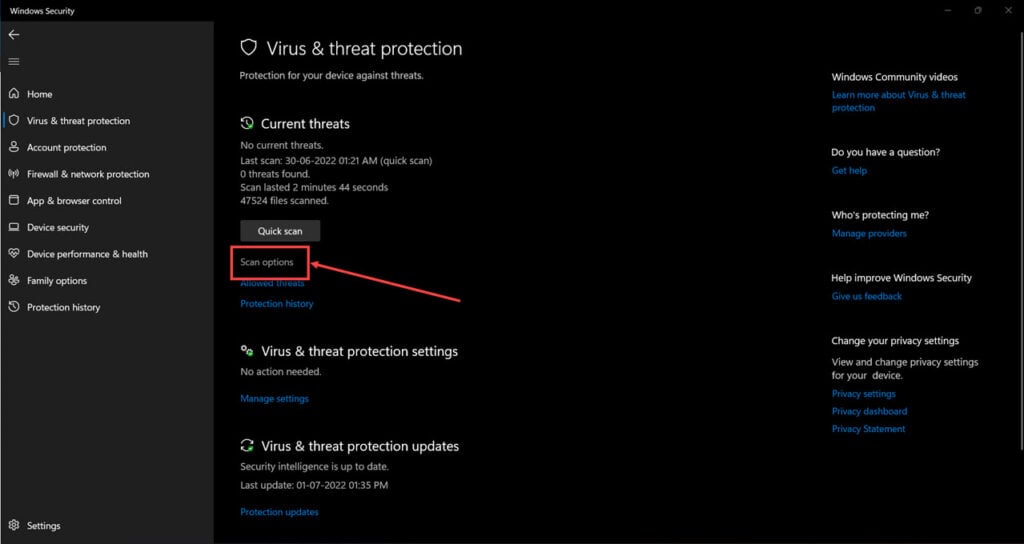
Step 4: Select Full scan and click Scan now to start scanning your PC for malware.
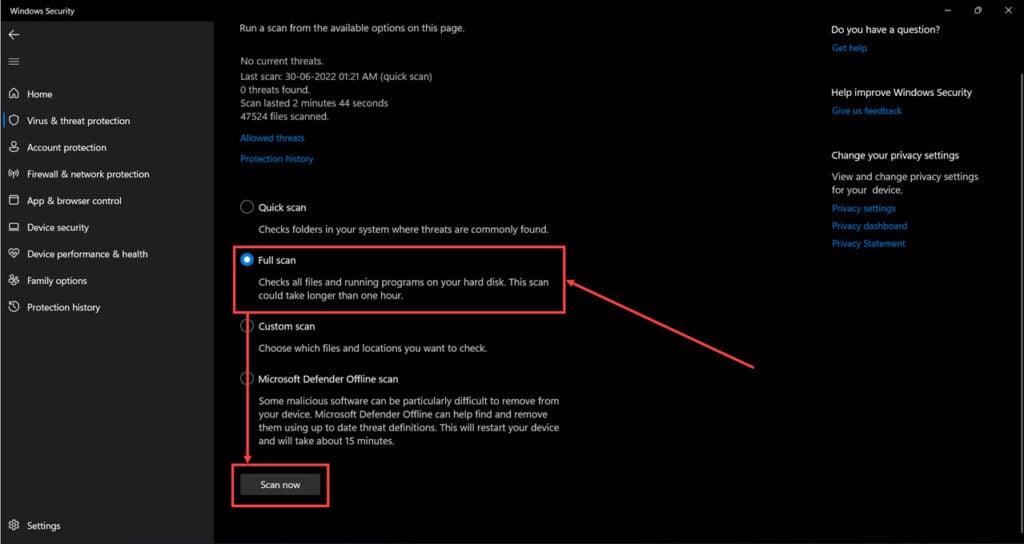
Now restart your PC, and the error should be resolved.
Run an SFC scan
Corrupt files are the number one reason your PC might behave weirdly. Here’s how you can get rid of them and potentially resolve your issue.
Step 1: Press Windows Key + S to bring up the Cortana/Search box and search for Powershell. Open Windows Powershell from the search results.
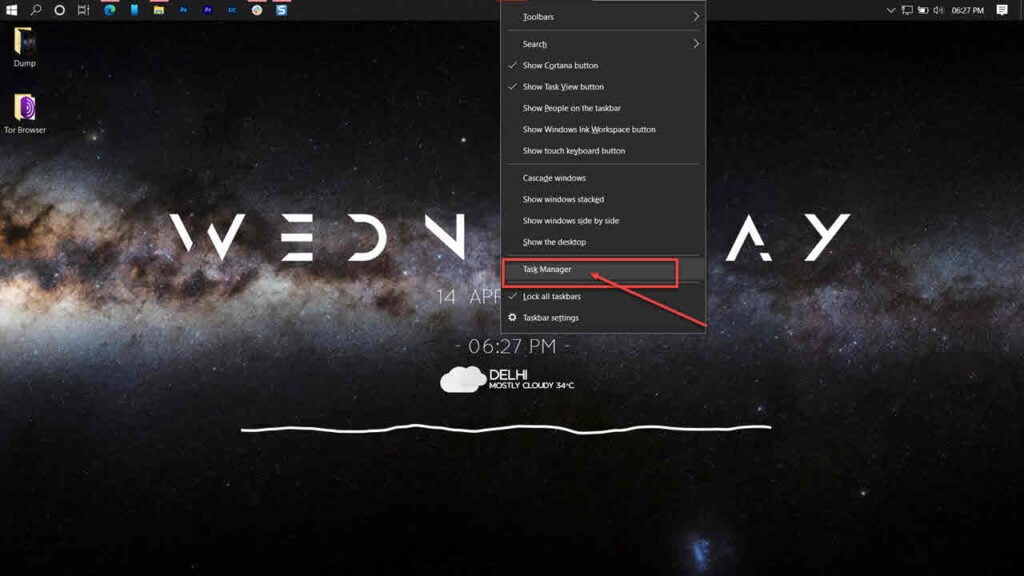
Step 2: Type sfc /scannow to scan your system for issues.
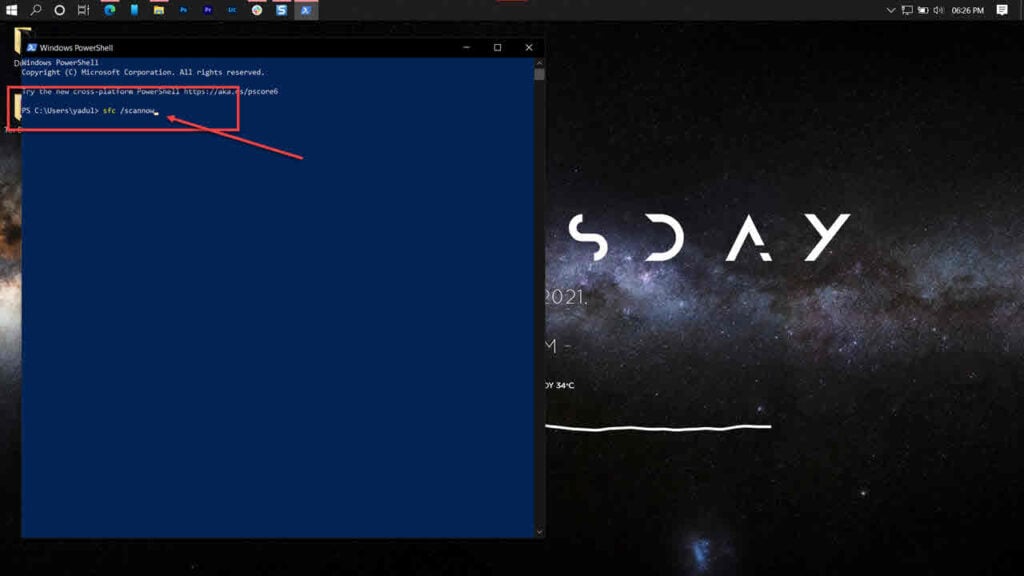
Step 3: If the SFC scan finds any problems, use the following command to resolve them.
DISM /Online /Cleanup-Image /RestoreHealth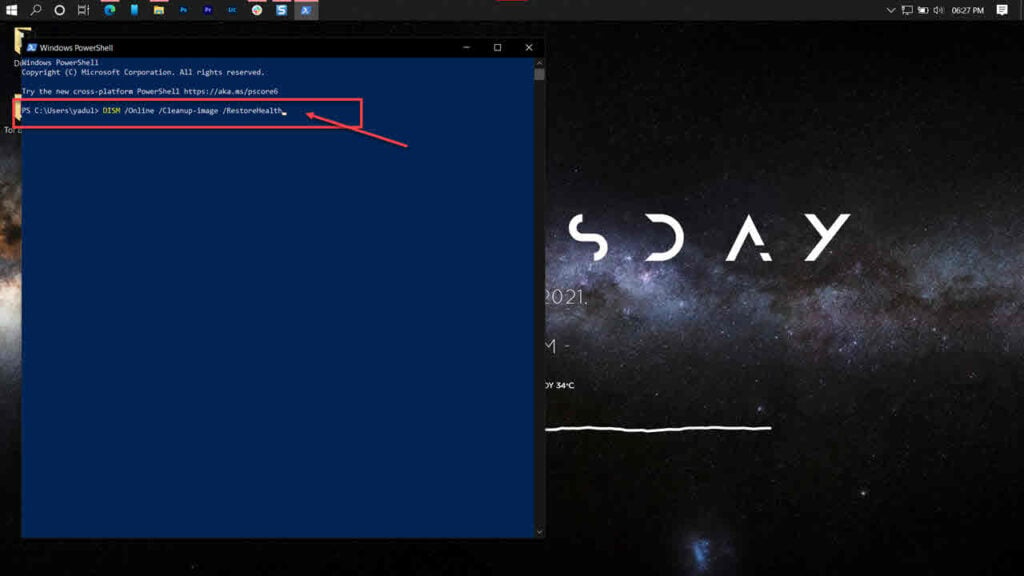
Restart your PC, and the error should be gone.
Run the Windows Memory Diagnostics tool
If your RAM is seated properly but is failing, it can trigger this error. To check if there’s an issue with your RAM, follow these steps.
Step 1: Press the Windows key and search for Windows Memory Diagnostics. Then, click the corresponding search result.
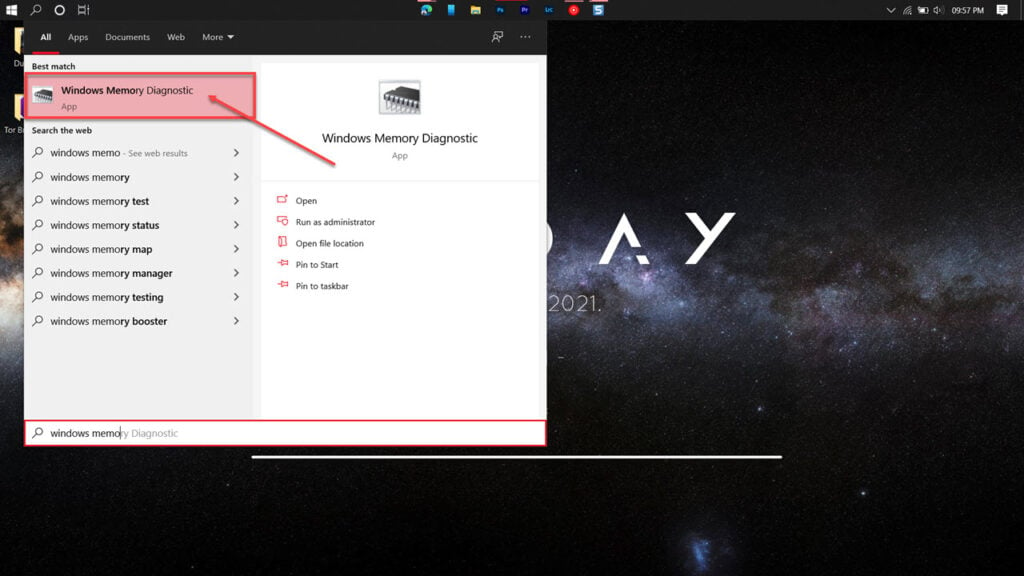
Step 2: Run the tool and click the Restart now button to check for problems.
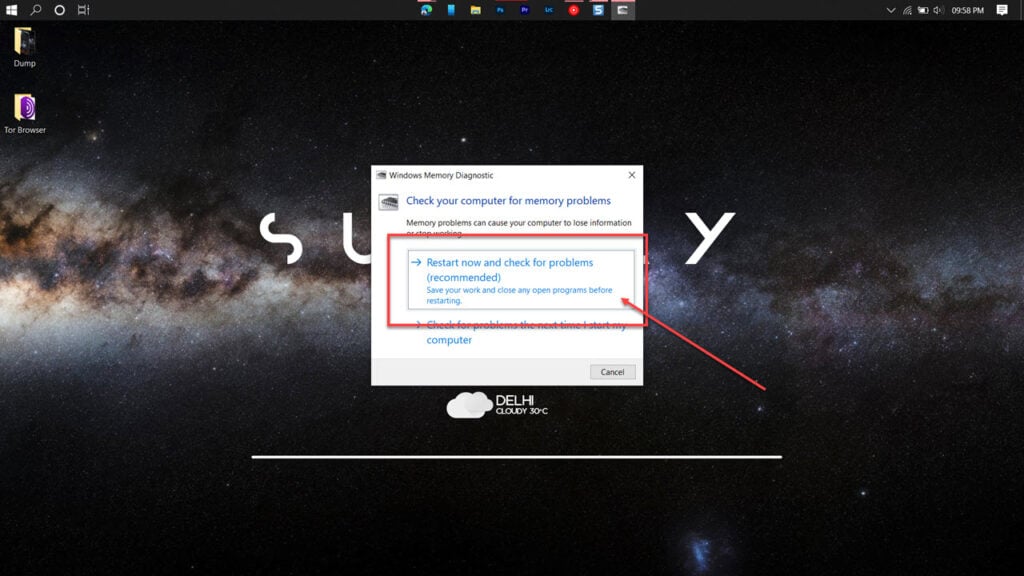
If you see some issues, try running the auto-troubleshoot to resolve the error.
Run the Check Disk utility
A BSOD can very well be a sign of your boot drive failing to perform as it should. Try running the check disk utility to check whether or not your storage drives are, in fact, functional.
You can refer to our detailed guide here on how to run the check disk utility.
Update your drivers
Updating (or uninstalling the problematic driver can also fix the problem.
Step 1: Right-click Start and select Device Manager from the menu.
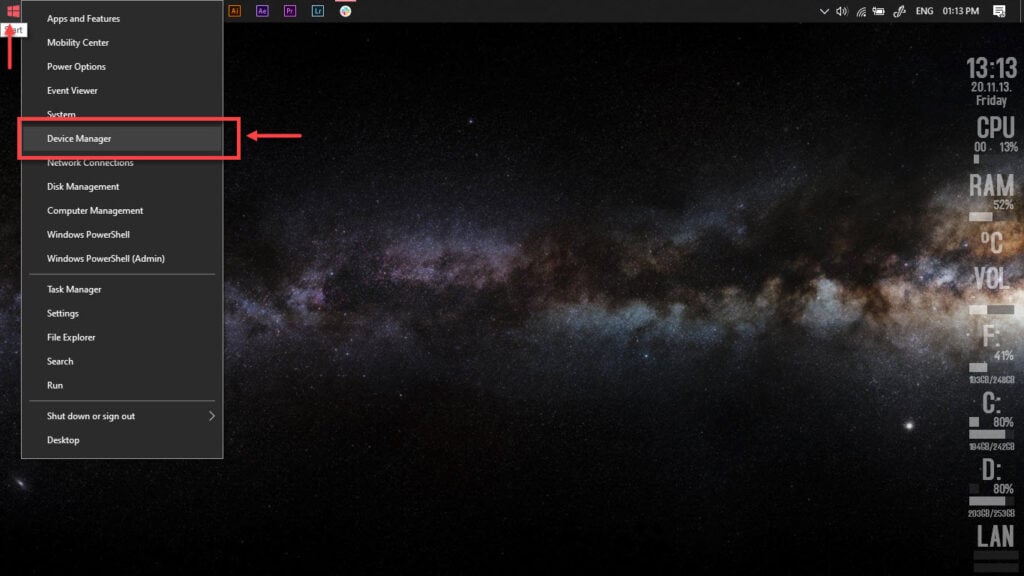
Step 2: Expand the problematic driver, right-click on it and click Update driver.
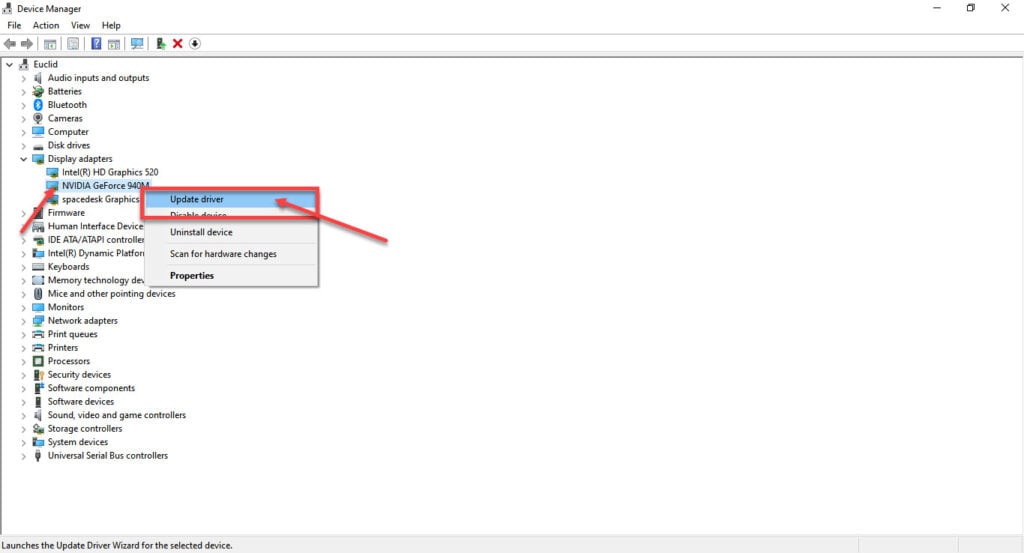
Step 3: Click on Search automatically for drivers. Windows will then automatically look for and download the latest drivers.
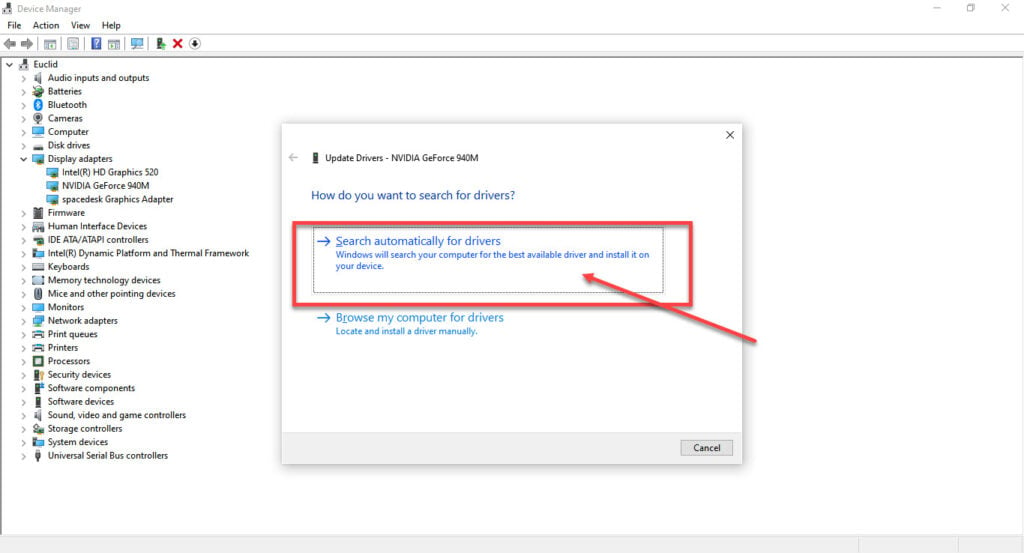
While this should help resolve the error, in case it doesn’t, click Uninstall device and restart your PC to force Windows to install the required drivers. You can then update them later.
Restore to a previous backup
Restoring your system to a previous state when everything was working fine can often help solve BSOD problems on Windows.
Step 1: Press the Windows key and search for Reset this PC. Then, launch the Recovery setting from the search results.
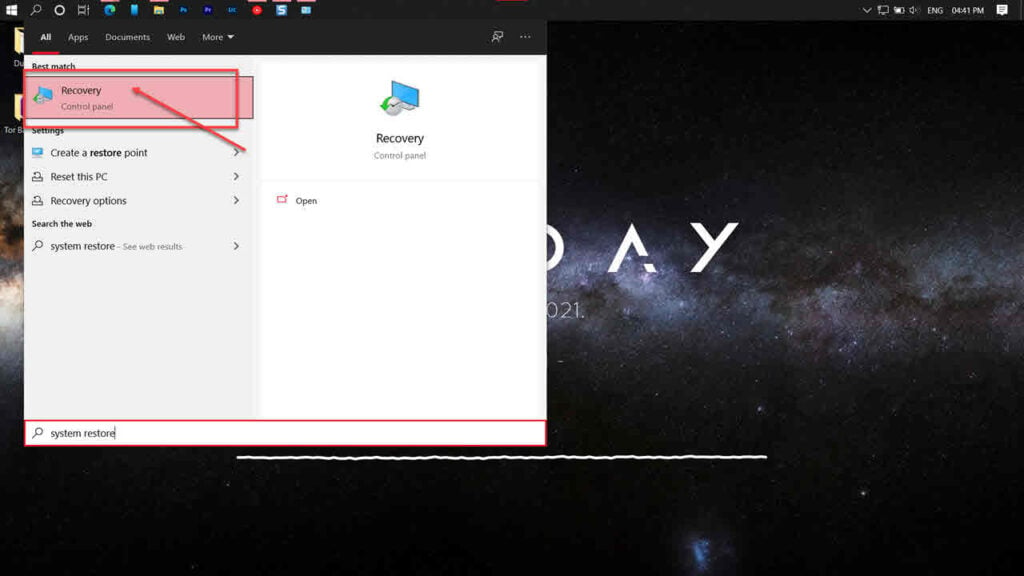
Step 2: Click on Open System Restore.
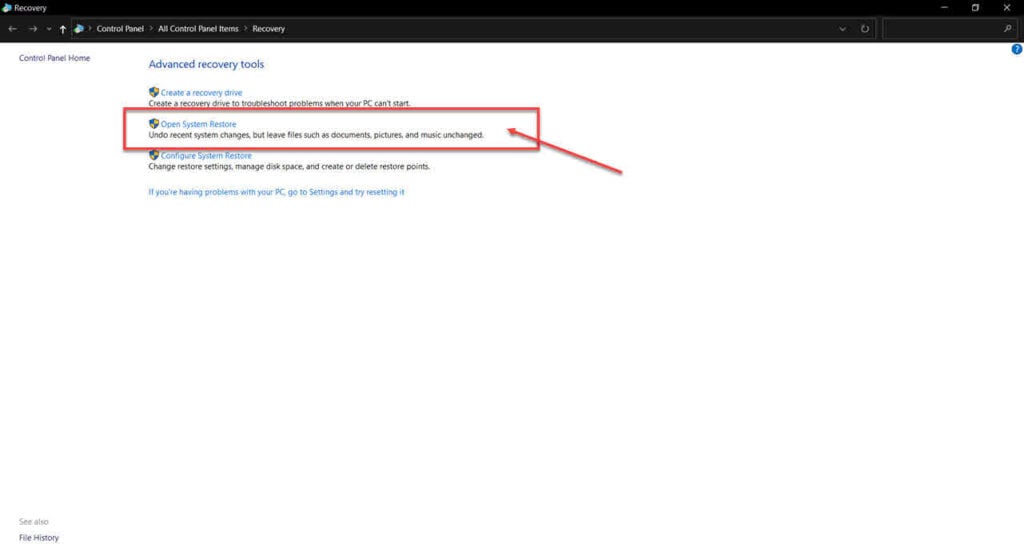
Step 3: Select the recommended restore point and click the Next button to proceed.
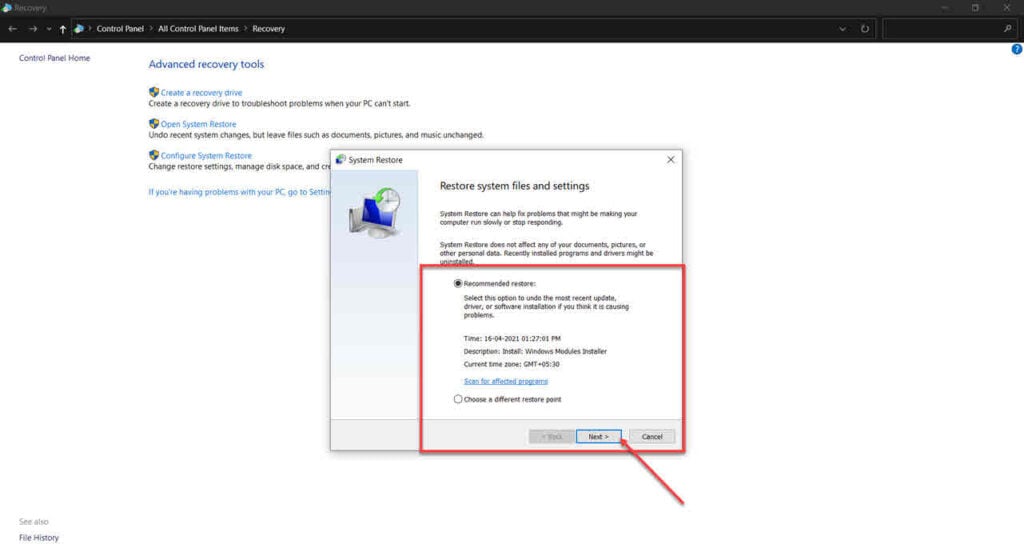
Repair your system
If nothing else works, the best way to get rid of the error is by simply reinstalling or repairing your OS.
The Windows Media Creation tool is a great way to install Windows and repair the OS. Using this, you can perform a clean installation or repair your OS without affecting your data.
You can download the Media Creation Tool here
Also read: What is Volmgr? 6 fixes for the BSOD error






